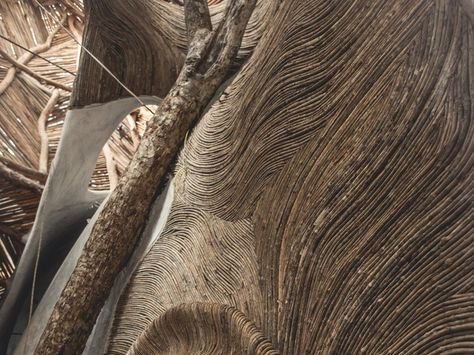
Vernacular Facades
Each facade becomes a canvas, inviting observers to explore the stories embedded in every line, curve, and surface, ultimately illuminating the connection between humanity and the earth.
Vernacular Facades
In the realm of architecture, facades serve as the initial whisper of a building's narrative. They are not mere outer shells but expressions of identity, culture, and environment. Embracing vernacular principles, facade design draws upon local traditions, allowing each structure to resonate with its surroundings. By utilizing indigenous materials—such as locally sourced stone, timber, and clay—these facades harmonize with the landscape, reflecting the essence of their environment. The interplay of texture and color, shaped by the hands of local artisans, fosters a dialogue between the built and natural worlds. Each facade becomes a canvas, inviting observers to explore the stories embedded in every line, curve, and surface, ultimately illuminating the connection between humanity and the earth.
Vernacular design embodies the local culture, climate, and available materials within the environment, reflecting the identity and heritage of the location. The psychology behind vernacular design is rooted in its ability to create a sense of belonging and connection to a place. When individuals interact with buildings that utilize indigenous materials and traditional construction techniques, they often experience a deep emotional resonance, as these structures evoke memories and cultural narratives.
Indigenous materials, such as adobe, timber, stone, and thatch, are not just functional; they carry cultural significance and historical context. The use of these materials encompass a sense of authenticity and continuity, linking present-day inhabitants to their ancestors and environments. This connection enhances the psychological experiences of users, as familiar elements can evoke feelings of familiarity and stability.
Vernacular facade structures often respond to environmental conditions, incorporating features that promote sustainability. For instance, thick walls in hot climates provide insulation, while overhangs offer shade. These practical considerations also contribute to psychological well-being by creating spaces that offer elevated experiences and inviting environments, while reducing stress and enhancing quality of life.
The aesthetics of vernacular architecture characterized by unique forms, textures, and colors can evoke a positive emotional responses. The visual harmony created by local materials can capture the essence of belonging within the environment to enhance their connection to the built environment with the natural surrounding.
The psychology behind vernacular design and facade structures rooted in indigenous materials is characterized by emotional resonance, cultural identity, environmental responsiveness, and aesthetic appreciation. This approach not only satisfies functional needs but also nurtures a deeper connection between individuals and their surroundings, enhancing and elevating the human experience.

Facades + Interiors + Landscapes
The integration of facade design, interiors, and landscape design is essential in holistic design practices, creating cohesive environments that enhance and elevate user experience and functionality. This approach recognizes that all elements of a space—external and internal—are interconnected and should work harmoniously to promote well-being and aesthetic appeal. Well-designed facades not only reflect the building's identity but also influences the interior atmosphere and the surrounding landscape elements. It sets the tone for the building, guiding the flow of natural light and framing views, while materials and colors can create a seamless transition between the exterior and interior spaces. This connection encompasses a sense of continuity and unity throughout the entire space. Interior design plays a crucial role in enhancing the user experience through thoughtful layout, materials, finishes and furniture that resonate with the facade and external environment. Intentional interiors create inviting spaces that respond to human needs, promoting high quality experiences and functionality. By incorporating natural elements and views of the landscape, interior spaces can feel more expansive and connected to the exterior environment. Landscape design not only elevates but complements both facade and interior elements by creating exterior spaces that encourage interaction and relaxation. Thoughtfully planned landscapes can provide shade, promote biodiversity, and enhance aesthetic appeal, further enhancing the overall experience of the built environment. Integrating facade design, interiors, and landscape design within holistic design practices encompasses environments that are not only visually appealing but also promote well-being, functionality, and a deep connection to place. This comprehensive approach enhances the experience of users, creating spaces that are meaningful and harmonious.

